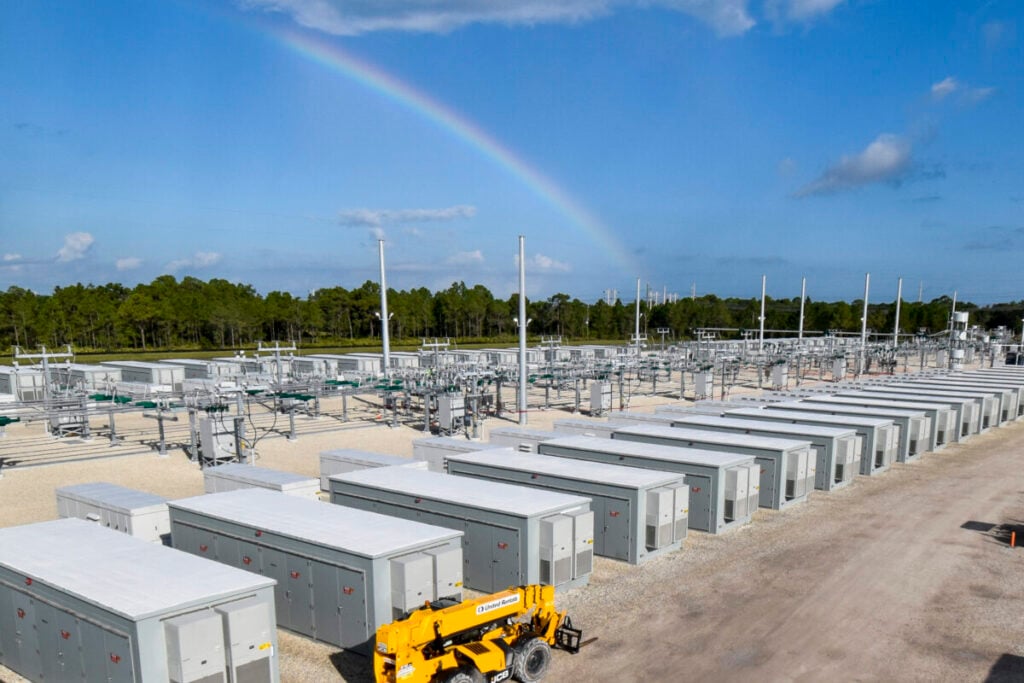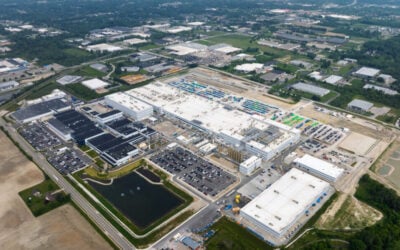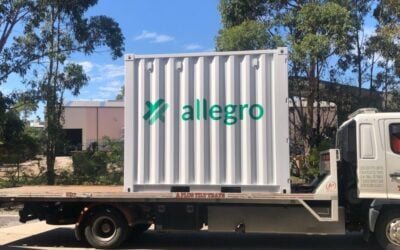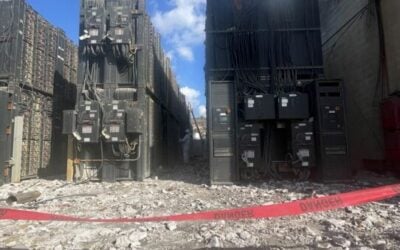
Florida’s largest utility, Florida Power & Light (FPL), is ramping up its energy storage ambitions across the Sunshine State, with plans to deploy over 2.2GW of new BESS between 2026 and 2027.
Details of the plans, which also include the launch of a long-duration energy storage (LDES) programme, were disclosed in written testimony filed with the Florida Public Service Commission (PSC) as part of a rate-base increase that, if approved, will take effect at the beginning of 2026.
Enjoy 12 months of exclusive analysis
- Regular insight and analysis of the industry’s biggest developments
- In-depth interviews with the industry’s leading figures
- Annual digital subscription to the PV Tech Power journal
- Discounts on Solar Media’s portfolio of events, in-person and virtual
With a 469MW operational battery energy storage system (BESS) portfolio, FPL has been at the forefront of utility-scale energy storage deployment in the southeastern US over the past five years, with this recent news likely to solidify its standing in the space.
FPL is the regulated utility subsidiary of NextEra Energy, Inc., which also owns one of the largest independent power producers (IPPs) in the US, NextEra Energy Resources (NEER).
2GW+ of BESS staggered across 2026-2027
Commencing in 2026, as part of its four-year plan, the utility will deploy 1,419.5MW of new BESS at 13 sites comprising 11 facilities co-located with solar projects and two standalone ones.
FPL expects seven sites totalling 521.5MW of capacity to be operational by July 2026, one 400MW project by October 2026, and the remaining five sites with a cumulative capacity of 498MW by November 2026.
During 2027, FPL plans to deploy a further 819.5MW of BESS at 11 sites, all co-located with solar. The CODs for these projects will also be staggered, with 447MW across six sites scheduled for commercial operations by April 2027 and the remaining five sites totalling 372.5MW by July 2027.
The 22 hybrid sites will be located adjacent to existing solar facilities owned by the utility, with the two standalone BESS facilities sited for FPL-owned property previously used for fossil fuel generation. Although a specific supplier wasn’t named, FPL said it will utilise lithium-ion technology at the 24 BESS facilities.
The utility also plans to install 894MWac and 1,192MWac of new solar generation during 2026 and 2027, respectively.
Within the written testimony, FPL’s Vice President of Development, Tim Oliver, stated that the new BESS and solar reflected the utility’s commitment “to enhancing grid reliability and providing cost-effective energy solutions to its customers”.
Oliver described the new solar and BESS additions as being “well into development”, having undergone “extensive diligence.”
US$3+ billion on BESS to generate US$1 billion in ITCs
As outlined in Oliver’s testimony, FPL anticipates the 13 BESS projects for 2026 to cost US$2.049 billion at an average cost of US$1,433/kW, and the 11 BESS projects for 2027 to cost US$1.188 billion at a slightly higher average cost of US$1,449/kW.
Although representing a huge investment in BESS for FPL, it expects the projects to generate US$951 million in investment tax credits (ITCs) under the Inflation Reduction Act (IRA).
The IRA, brought in by the Biden Administration in 2022, allocated US$369 billion in federal funding to climate and energy programmes, making it the single largest climate investment in US history.
Developers and utilities, such as FPL, appear to be banking on receiving ITCs for their developments. However, the future of this funding source is unclear, after President Trump paused the disbursement of all funds associated with the IRA, pending further review. Although various industry commentators have argued a full repeal of funding associated with the IRA is unlikely, its future hangs in the balance.
Plans to install more BESS beyond 2027
As outlined within FPL’s PSC application, the utility has identified a capacity shortfall between 2028-2030 which it plans to fill with more solar and storage. Based on current planning assumptions, the Florida utility says it needs an additional 1,490MWac of solar and 596MW of BESS in 2028, along with a further 1,788MWac of solar PV and an additional 596MW of BESS in 2029.
Similarly to other US utilities, FPL has launched a long-duration energy storage (LDES) pilot programme to explore alternatives to lithium-ion based battery technology.
According to Oliver’s testimony, FPL will deploy two 10MW/100MWh LDES projects, expected to be operational by 2027 at a cost of approximately US$78 million. Although further details weren’t specified, the filing mentioned “sodium-ion, nickel hydride, iron flow batteries, focusing on components that are widely available and manufactured in the US”.
FPL proposal to increase average residential bill by 2.5% annually
To assist in funding these new developments, FPL is seeking permission from the Florida PSC to increase its rates and charges for customers to generate additional revenue of US$1.545 billion in 2026, followed by a further US$927 million in 2027.
Instead of directly requesting for cost recovery associated with the new 2028 and 2029 resources, FPL is seeking approval of a Solar and Battery Base Rate Adjustment (SoBRA) mechanism, as it has done in previous PSC rate cases.
As opposed to the traditional and typically broader cost recovery, the SoBRA mechanism requires specific project-by-project PSC approval, with incremental base rate adjustments for customers as projects come online.
According to FPL, its increased rates proposal would increase the bill of a typical 1,000kWh residential bill by 2.5% annually. While rate hikes are rarely popular, FPL says the increase is necessary in order to diversify its portfolio, combat rising inflation and provide a reliable service to its rising number of customers.
Within its original application with the PSC, FPL stated that even with the rate increase, customer bills would remain 25% lower than the national average, assuming other utilities across the country increase their rates as they have done historically.
FPL’s proposals for 2026-2029 will now be subject to an extensive review procedure from the Florida PSC. The regulator will likely take a year to issue its final decision.
469MW of operational BESS, with an additional 522MW by year’s end
FPL’s operational BESS portfolio comprises three projects, with the 409MW/900MWh Manatee Energy Center, co-located with the 74.5MW Manatee Solar project, being the utility’s flagship facility. During the time of commissioning in 2021, the project was hailed as the world’s largest solar-charged BESS.
The remaining 60MW comes from two 30MW/75MWh facilities co-located with the utility’s Echo River and Sunshine Gateway Solar Energy Center’s located in Suwannee and Columbia, respectively.
According to the testimony, FPL has an additional 522MW/1566MWh of BESS currently under construction across seven sites in Northwestern Florida, which it expects to become operational by the end of November this year.






